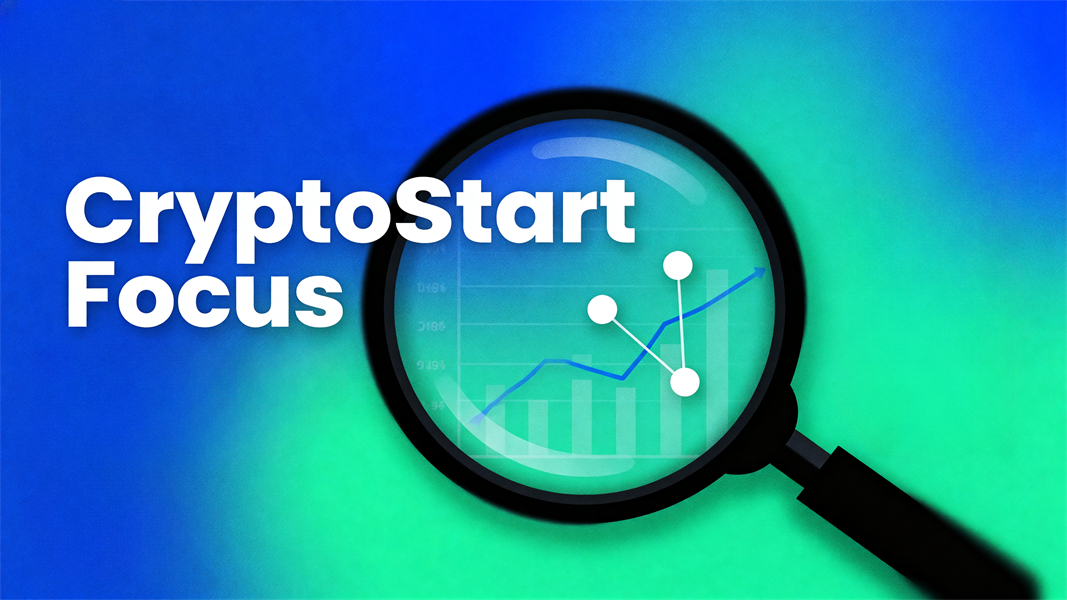1. Core Definition and Nature of Airdrop Token
“Airdrop Token” refers to a marketing practice where cryptocurrency project teams distribute tokens to eligible users for free or at low cost via blockchain technology. Its core is to drive user growth and project exposure through the appeal of “zero-threshold acquisition.”
Unlike “paid subscription” models such as ICOs and IEOs, airdrop tokens are characterized by “non-direct payment”—users typically only need to complete lightweight tasks like following accounts, holding specific assets, or engaging in community interactions to obtain tokens. Essentially, it is a resource exchange where projects “trade token costs for user attention and community foundations,” serving as a unique cold-start tool for blockchain projects.
2. Four Main Airdrop Types with Real Case Analysis
1. Candy Airdrop: Rights Compensation for Forked Chains
The earliest form of airdrop, commonly seen in blockchain forking scenarios. Projects distribute new chain tokens proportionally to holders of the original chain tokens—serving both as rights compensation and initial user acquisition for the new chain. For example, during the 2017 fork of Bitcoin Cash (BCH), users holding 1 Bitcoin received 1 BCH via airdrop.
2. Task-based Airdrop: Low-Cost User Acquisition
Users earn tokens by completing promotional tasks assigned by the project (e.g., following Twitter/Weibo, reposting content, joining Discord/WeChat groups). A typical case is the early DeFi project Uniswap, which quickly accumulated hundreds of thousands of initial users through task-based airdrops, laying the groundwork for its subsequent ecosystem boom.
3. Holding-based Airdrop: A Tool to Bind Core Users
Tokens are distributed exclusively to users holding specific tokens or NFTs, aiming to bind high-value users. For instance, an NFT project might airdrop governance tokens to addresses holding blue-chip NFTs like Bored Ape Yacht Club (BAYC), attracting core collectors to join the community.
4. Random Airdrop: Incentivizing Community Activity
Tokens are randomly distributed to active community users (e.g., those who post comments or vote) to encourage ongoing participation. Many DAOs (Decentralized Autonomous Organizations) use this method to boost community engagement.
3. Full Airdrop Participation Process: From Information Acquisition to Token Claim
The participation process for legitimate airdrops is clear and transparent, usually involving 5 steps for beginners to follow:
- Acquire Airdrop Information: Check event details on blockchain news platforms (e.g., CoinDesk, Jinse Finance), project official websites, social media (Twitter, Discord), or third-party airdrop aggregators to verify authenticity.
- Confirm Participation Conditions: Check if you need to hold specific tokens (e.g., Bitcoin, Ethereum), complete promotional tasks, or own NFTs. Avoid activities with vague participation requirements.
- Submit Necessary Information: Only provide your public wallet address (e.g., MetaMask address). Never share your private key, password, or verification code—legitimate projects will never request sensitive information.
- Wait for Project Distribution: After the event ends, the project will automatically distribute tokens to eligible addresses via smart contracts. You can check the distribution progress on blockchain explorers (e.g., Etherscan).
- Claim and Manage Tokens: Once tokens arrive, add the token contract address to your wallet to display the assets, or transfer them to a regulated exchange for trading (if listed).
4. Three Core Risks to Watch For: How to Identify Genuine vs. Fake Airdrops
1. Fraudulent Airdrops: The Most Common Trap
Malicious actors forge airdrop pages for well-known projects, using “high-value tokens” as bait to trick users into entering private keys or downloading virus-infected apps. Identification tips: Verify if the URL is the project’s official domain (avoid counterfeit domains like “.cc” or “.net”) and check if it requests private keys/verification codes—any request for sensitive information is a scam.
2. Air Tokens: Worthless Even If Claimed
Most airdropped tokens come from “three-no projects” (no whitepaper, no team information, no use cases), leading to price collapses or untradable status after launch. Avoidance method: Research the project’s whitepaper, team background, and funding status in advance; reject projects with vague information.
3. Compliance and Tax Risks
Some countries (e.g., the U.S., Canada) classify airdropped tokens as “taxable income,” and unreported holdings may result in fines. Participating in airdrops of unregistered overseas projects may also violate cross-border financial regulations. It is advisable to understand local regulatory policies before participating.
5. FAQ: Common Questions About Airdrop Tokens
Q1: Are all airdrop tokens free?
A1: Most legitimate airdrops are free, but some “conditional airdrops” may require users to purchase specific tokens (at their own cost), making them “low-cost acquisition” rather than fully free. Beware of “fake airdrops” that demand direct payment transfers.
Q2: Will airdropped tokens definitely make money?
A2: No. Only airdropped tokens from a few high-quality projects (e.g., Uniswap’s UNI) have appreciated after listing. Over 90% of airdropped tokens have no trading value due to lack of consensus. Do not harbor expectations of “getting rich through airdrops.”
Q3: I received unknown tokens in my wallet—are they an airdrop?
A3: They may be “spam airdrops.” Malicious actors send worthless tokens to numerous addresses to lure users into trading on fake exchanges. It is recommended to ignore unknown tokens and never click on related links.
Risk Warning
Cryptocurrencies are not legal tender, and their trading and holding are not protected by law. Airdrop tokens carry extremely high risks of fraud, market volatility, and non-compliance. This article is for educational purposes only and does not constitute any investment or participation advice. Please raise risk awareness, stay away from all cryptocurrency speculative activities, and comply with national financial regulatory provisions.

